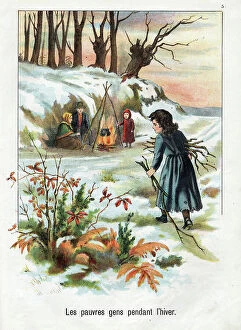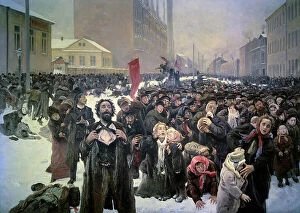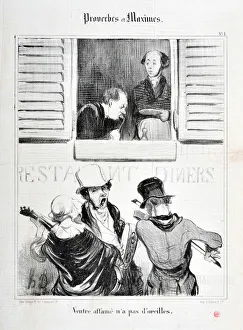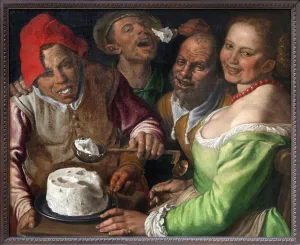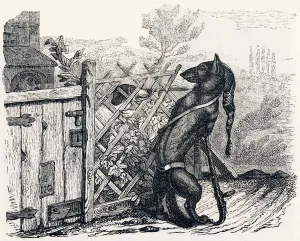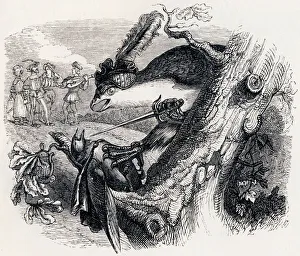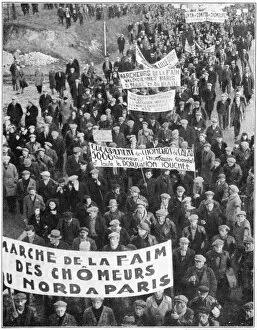Faim Collection
"Faim: A Haunting Reminder of Starvation and Survival" In the midst of war, hunger becomes a relentless enemy that spares no one
All Professionally Made to Order for Quick Shipping
"Faim: A Haunting Reminder of Starvation and Survival" In the midst of war, hunger becomes a relentless enemy that spares no one. The painting by Clement Auguste Andrieux captures the desperate scene during the war of 1870-1871 against Prussia, where hungry inhabitants of Paris anxiously wait their turn at the butchers house. Their eyes filled with longing, they yearn for sustenance to fill their empty bellies. Honore Daumier's artwork from Charivari dates back to 1840 and depicts a timeless truth: "Belly starvation has no ears. " In times of extreme hunger, human suffering eclipses all else; even proverbs and maxims lose their significance when survival is at stake. The municipal canteen in Henri Pille's painting showcases Parisians bustling in front of it during the siege by the Prussians. This image serves as a testament to resilience amidst adversity as people gather together seeking nourishment and solace. The Franco-Prussian War engraving depicting the Siege of Paris in September 1870 reminds us how conflict can lead to deprivation and desperation. As resources dwindle, communities are left grappling with scarcity while hoping for relief from outside forces. Vincenzo Campi's painting "Ricotta Eaters" takes us back centuries earlier but still highlights themes of sustenance and hunger. It reminds us that throughout history, food has been both a necessity for survival and an emblematic symbol reflecting social disparities. Even religious tales touch upon this universal theme. King Henry IV bringing food into Paris in August 1590 during the War of Religions portrays an act of compassion amid turmoil—a reminder that even leaders must prioritize feeding their people over ideological conflicts. Henri Rousseau's depiction of a hungry lion underscores nature's unforgiving reality—where only those who find sustenance survive. The animal kingdom mirrors our own struggles, reminding us of the primal instinct to satisfy our hunger.


